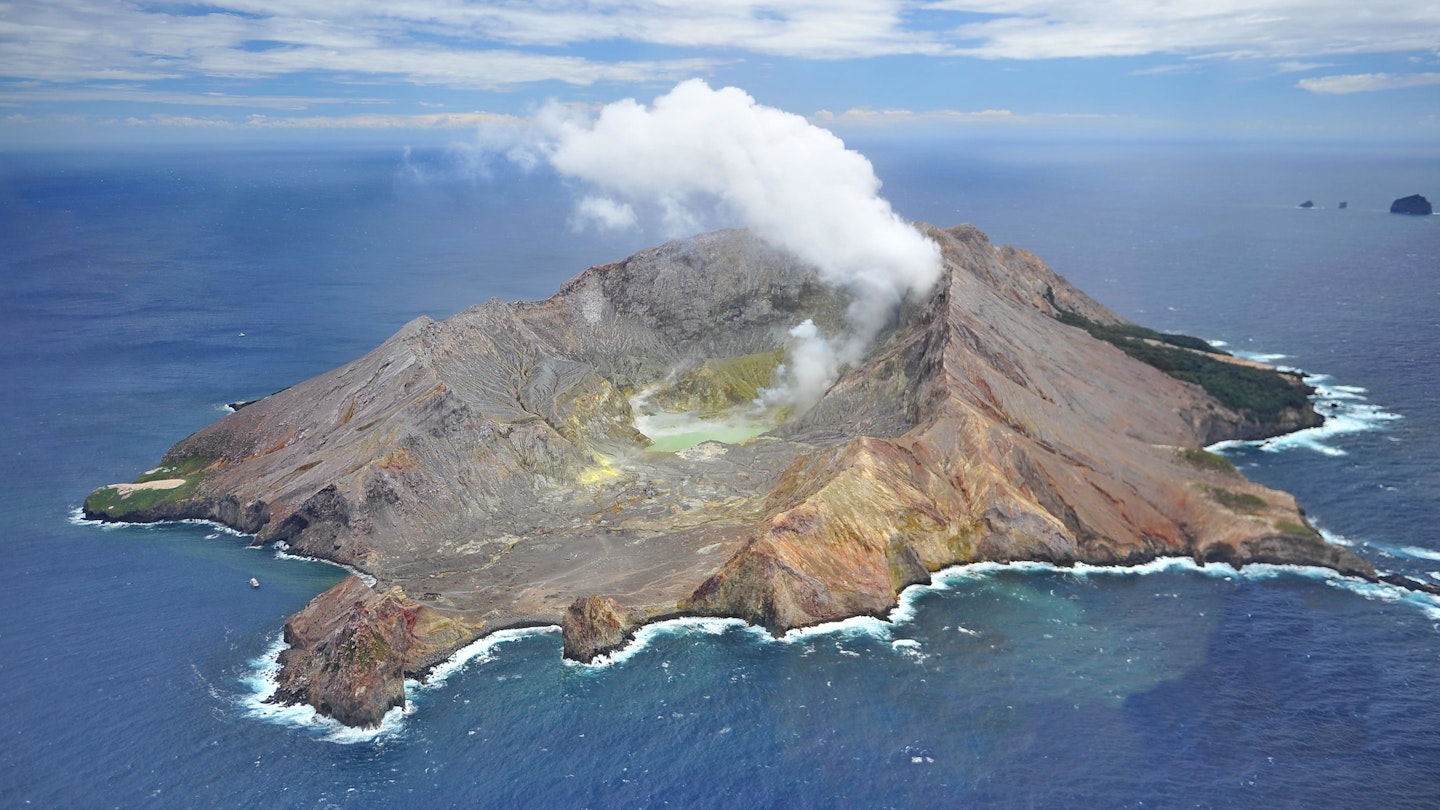The White Island Eruption: A Tragic Event in New Zealand
On December 9th, an active volcano on New Zealand’s White Island (Whakaari) erupted, resulting in sixteen fatalities. This catastrophic event has drawn attention to the inherent risks associated with visiting active volcanic sites.

The eruption occurred approximately 49 km off the east coast of New Zealand’s North Island. At the time, 47 people were on the island, leading to significant casualties. The New Zealand police reported 16 deaths, and many others are recovering in hospitals due to severe injuries. The Red Cross is collaborating with local authorities to assist families searching for their loved ones. Their Family Links website enables individuals, both in New Zealand and abroad, to confirm their safety or report missing persons.
According to authorities, “We are diligently working to confirm the identities of all individuals involved, including those who have died and those injured. The nature of the injuries is severe, making identification a complex task. We are expediting this process to facilitate the return of the deceased to their families.”
One of the attendees, Michael Schade (@sch), tweeted about witnessing the volcanic eruption shortly after his tour group departed. His tour boat returned to rescue stranded visitors and guide them to safety.
In response to the eruption, a New Zealand Air Force Orion aircraft, along with two helicopters, flew over White Island for monitoring and emergency assistance. The Navy also embarked from Whakatāne, nearby, to aid in rescue operations.
Visiting White Island: Safety Precautions and Attractions
Several licensed operators provide tours to White Island (Whakaari) via boat or helicopter, contingent on weather conditions and volcanic activity. Adventurers and volcanologists often visit to explore the crater lake’s steaming shoreline, observe sulfur formations, and experience the vibrant yellow gas plumes up close. During such excursions, hard hats are mandatory, and gas masks are provided to mitigate irritation caused by volcanic gases. Many visitors describe the experience of traversing the ashy terrain as reminiscent of walking on the moon. Additionally, the privately-owned island hosts a thriving gannet colony, while the northern area is adorned with a pōhutukawa forest. The waters surrounding the island are rich in marine life, including whales and dolphins.
Historically, an attempt to mine the island ended in tragedy; in 1914, all 10 men stationed there vanished without a trace following a lahar (volcanic mudflow).
This article was originally published on December 9th and has been updated as of December 16th.




